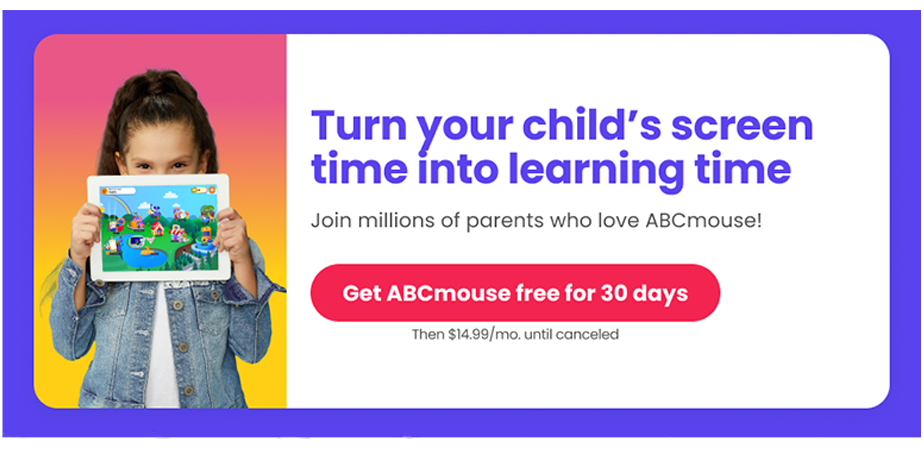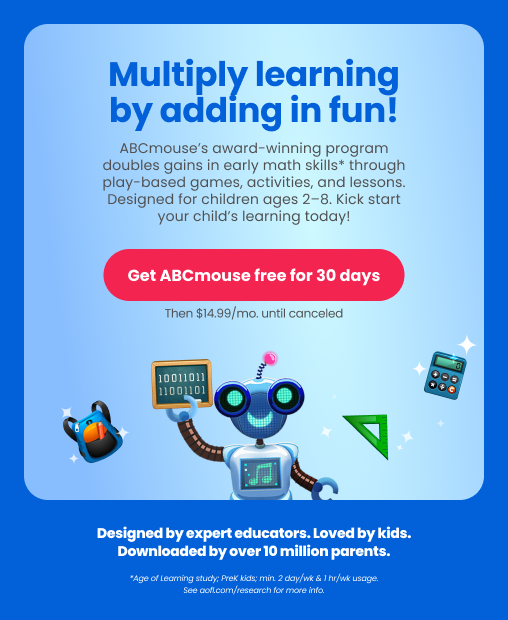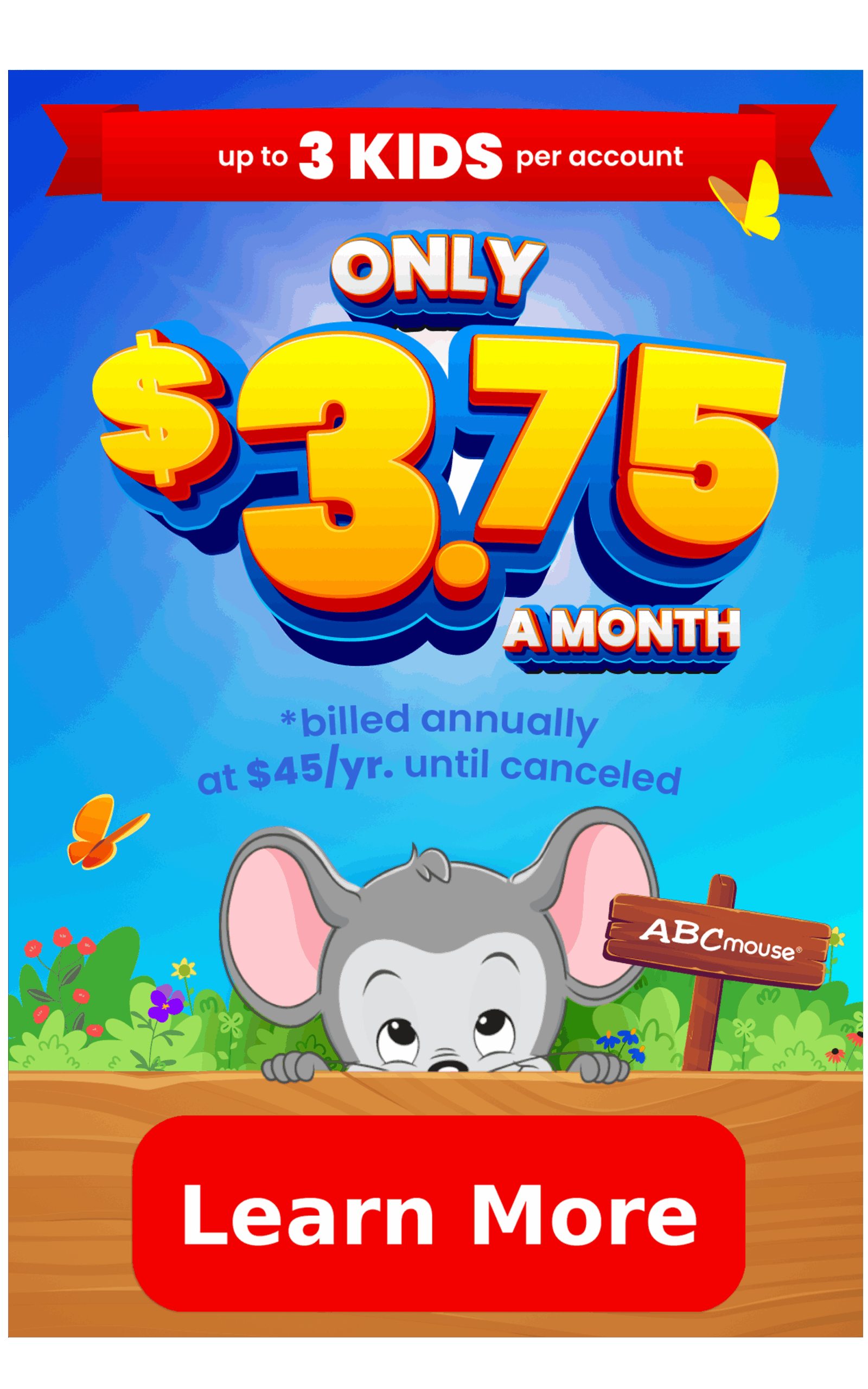
30 Card Games That Teach Math (Free Printables)
Practicing math feels more fun when it’s turned into easy and engaging card games for all ages!
Table of Contents – Jump to Each Section
Preschool and Kindergarten Card Games That Teach Math
Card games are a terrific way to engage young kids in learning through play. Lots of classic card games intrinsically incorporate math skills, plus there are lots of games designed especially to help kids learn. Check out this big collection of card games that teach math to young learners from preschool on up.
Print out the entire collection of card games for kids so they’re ready for engaging, impromptu learning anytime! If you’re interested in more ideas on game-based learning, check out our article on easy ways to gamify learning at home and in the classroom or try our collection of free online learning games.
Preschool and Kindergarten Card Games That Teach Math
These early math card games focus on helping kids recognize and compare numbers, learn to count, and understand the composition of numbers. These foundational skills are key to their later success in learning math.
Card Collector
What Kids Learn: Counting and comparing
How To Play:
- In this game, players take turns flipping over cards and comparing them, noting the different shapes (suits) and counting the number of each that appear.
- The player with the highest card gets to keep them both.
Tip:
- This is a great way to teach observation skills and get little ones ready for more advanced math card games.
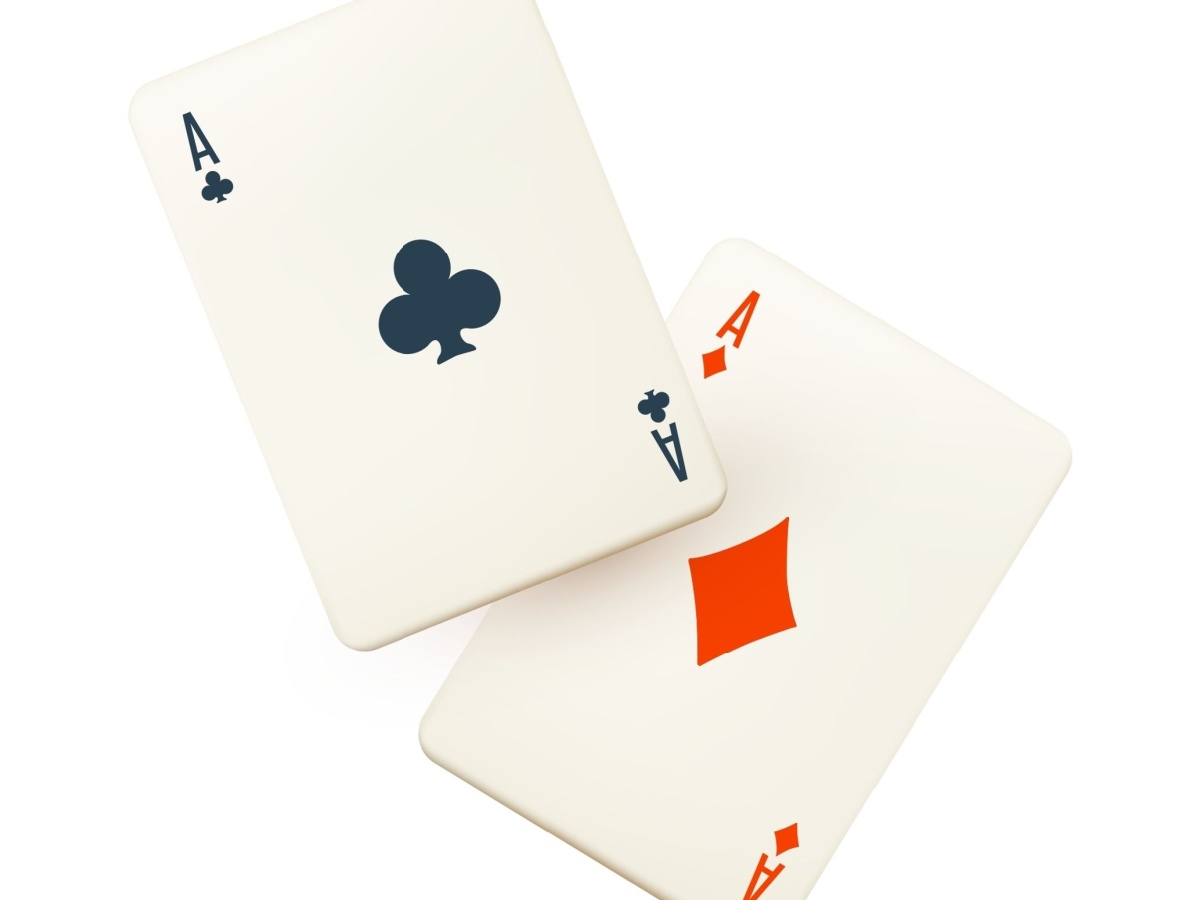
Tip:
This classic card game is the next step up from Card Collector.
War
What Kids Learn: Comparing numbers (greater than or less than)
How To Play:
- Shuffle the deck and deal it between the two players, who each keep their stack face down.
- At the same time, each player flips a card. The one whose card is greater keeps them both.
- If both players flip the same card, it’s a war! Each player deals two cards face down, and one face up. The highest face-up card wins them all.
- Keep playing until one player holds all the cards.

Tip:
This game is quick to play and it perfect for one player.
Letters vs. Numbers
What Kids Learn: Identifying letters and numbers
How To Play:
- Simply sort through the deck one card at a time. If it has a number on it, place it in one pile. If it has a letter (A, J, Q, or K), place it in the other. If your child can identify each number and letter, have them say them out loud as they flip through the cards.
- For more fun and learning, you can sort the number cards into suits/shapes and then put them in numerical order.
Number Slapjack
What Kids Learn: Number recognition
How To Play:
- Shuffle the deck and divide it between the players, who each hold their stack facedown.
- Set a target number, such as 4, and start the game by saying, “Go!”
- Moving quickly, each player takes a turn laying a card face up in the middle. When the target number appears, the first player to slap the pile gets all the cards.
- Choose a new number and keep playing!
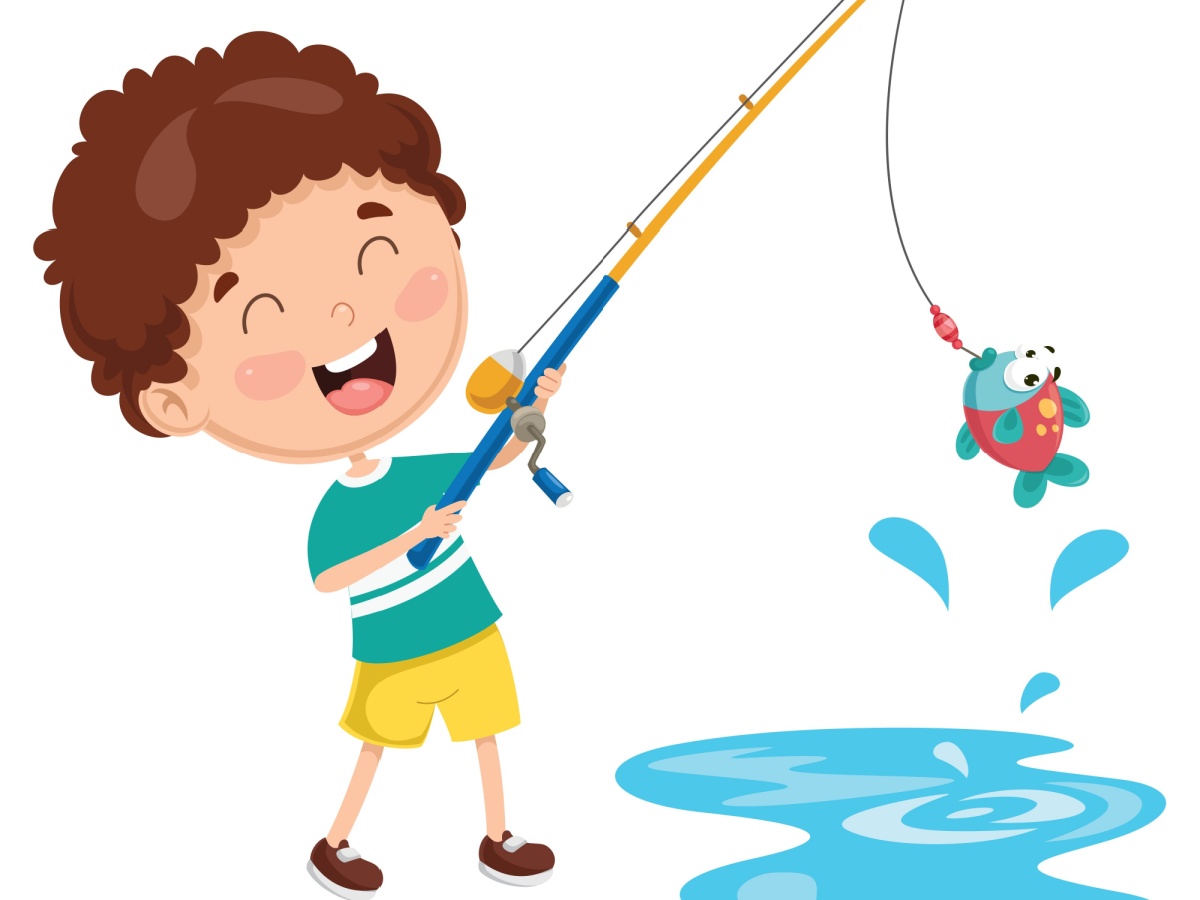
Go Fish
What Kids Learn: Number recognition
How To Play:
- Shuffle the deck and deal each player five cards, then lay the rest face down in a messy pile in the center.
- Each player tries to collect all four cards of the same number (a set), which they can lay down on any turn.
- The first player starts by asking the next player for any cards of a specific number. (“Do you have any twos?”) If they do, they must hand them all over to the player who asks. If not, they tell the first player “Go Fish!” That player then draws a card from the middle, adding it to their hand.
- When the fish pond is empty, the player with the most complete sets of 4 wins the game!
From 2 to 9
What Kids Learn: Even and odd numbers
How To Play:
- Remove the face cards, shuffle the deck, and deal the cards equally between all the players. (If there are any extra cards, lay them aside for this round.)
- Each player then sorts their hand into two piles of even and odd numbers.
- Roll a die. If the number is 1, 3, or 5, the target for the hand is odds; if it’s 2, 4, or 6, the target is evens.
- Players count the number of target cards they have—the one with the most wins that hand.
Tip:
- Help your child practice more with even and odd numbers with our odd and even numbers activities and printables!
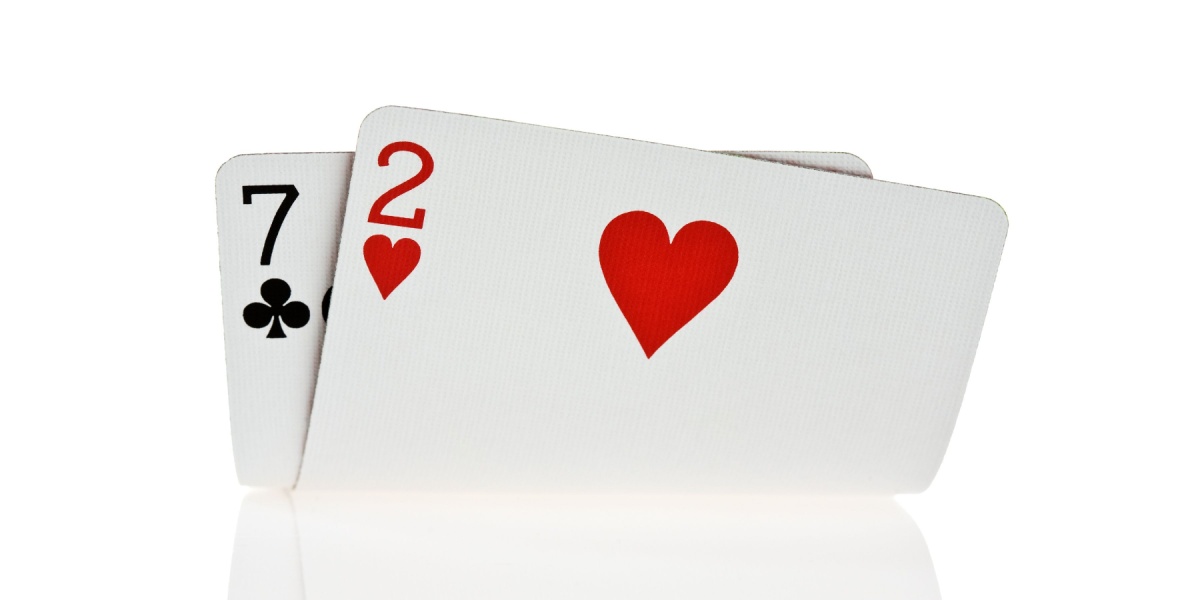
Closest to 100
What Kids Learn: Place value
How To Play:
- Remove the face cards, shuffle the deck, and deal two cards to each player.
- Players arrange their two cards to form the largest number possible. For example, is a player gets a 2 and 4, they’d arrange them to read 42 (instead of 24), creating the largest number from their two cards.
- The one with the largest number (closest to 100) wins them all.
- Continue until all the cards are claimed; the player with the most wins.
Number I Spy
What Kids Learn: Number recognition
How To Play:
- Lay all the number cards in a deck face up on the table.
- Player one chooses a card, but doesn’t tell anyone which one it is and leaves it in place. Instead, they offer clues to the other players, like “I spy with my little eye a number that’s less than 5” or “I spy with my little eye a number that is the same as Liam’s age.”
- The first player to correctly identify it gets to keep the card, and play continues.
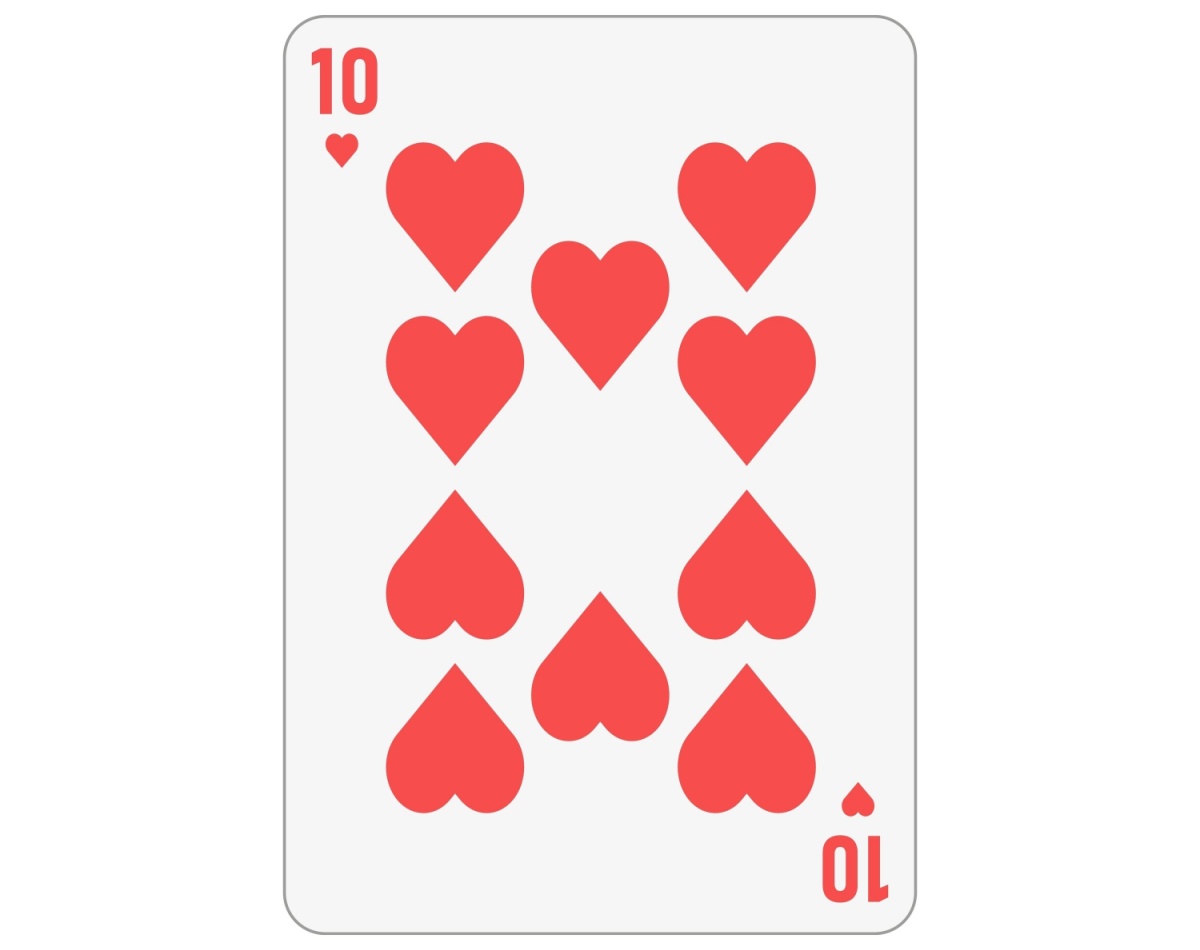
Make 10
What Kids Learn: Addition within 10
How To Play:
- Remove the face cards, shuffle the deck, and deal each player two cards.
- If any player’s cards add up to 10, they automatically win that round and keep all the cards. (If more than one player has 10, they split the cards between them.)
- If no one can make 10, players take turns drawing one card from the deck and discarding one until someone can make 10.
- Continue until all the cards are claimed, then count them up to see who wins!
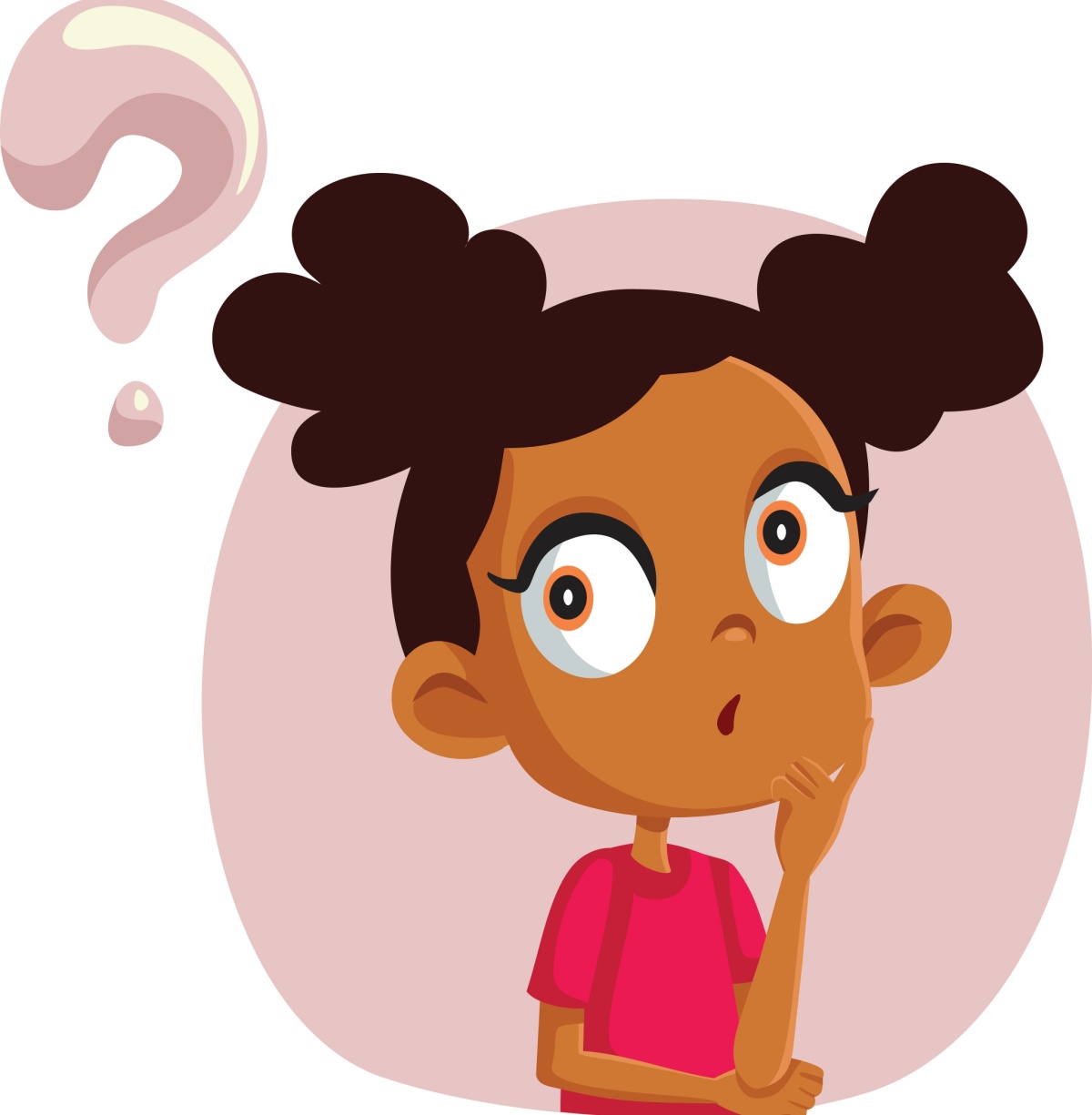
Guess My Number
What Kids Learn: Number recognition and relationships
How To Play:
- Shuffle the deck and place it face down.
- The first player picks up a card, hiding it from the others.
- The other players take turns asking questions to guess what number it is. They could ask, “Is it made up of straight lines or does it have curves?” or “Is it greater than 5?”
- The first player to guess correctly keeps the card, and starts the next round.
Pick It Up!
What Kids Learn: Number recognition
How To Play:
- Shuffle the cards, then toss them high in the air and let them fall where they may.
- Call out a number—players race to be the first to find a card that matches it.
Tips:
- Kids will love this one, a call-back to the old game 52 Pick Up!
- You’ll need a big open space to play.

Old Maid
What Kids Learn: Number recognition
How To Play:
- Remove one queen from the deck, then shuffle the deck and divide it between the players.
- Each player looks through their hand, laying down any pairs of numbers or face cards (only pairs, not three of a kind).
- The first player offers their cards, face down, to the next player.
- The second player draws one, and lays down a pair if they now have one.
- They offer their cards to the next player, and the game continues.
- In the end, the person left holding the single queen (the old maid) is the loser!
Higher or Lower
What Kids Learn: Comparing numbers (greater than or less than)
How To Play:
- Remove the face cards and lay the shuffled deck face down.
- Player one turns over the first card, then guesses whether the next card will be greater than or less than the one that’s showing.
- Flip the next card; if they’re right, they keep both cards. Otherwise, the cards are discarded and play continues with the next player.
Tips:
- This is great for teaching probability as well as comparing numbers.
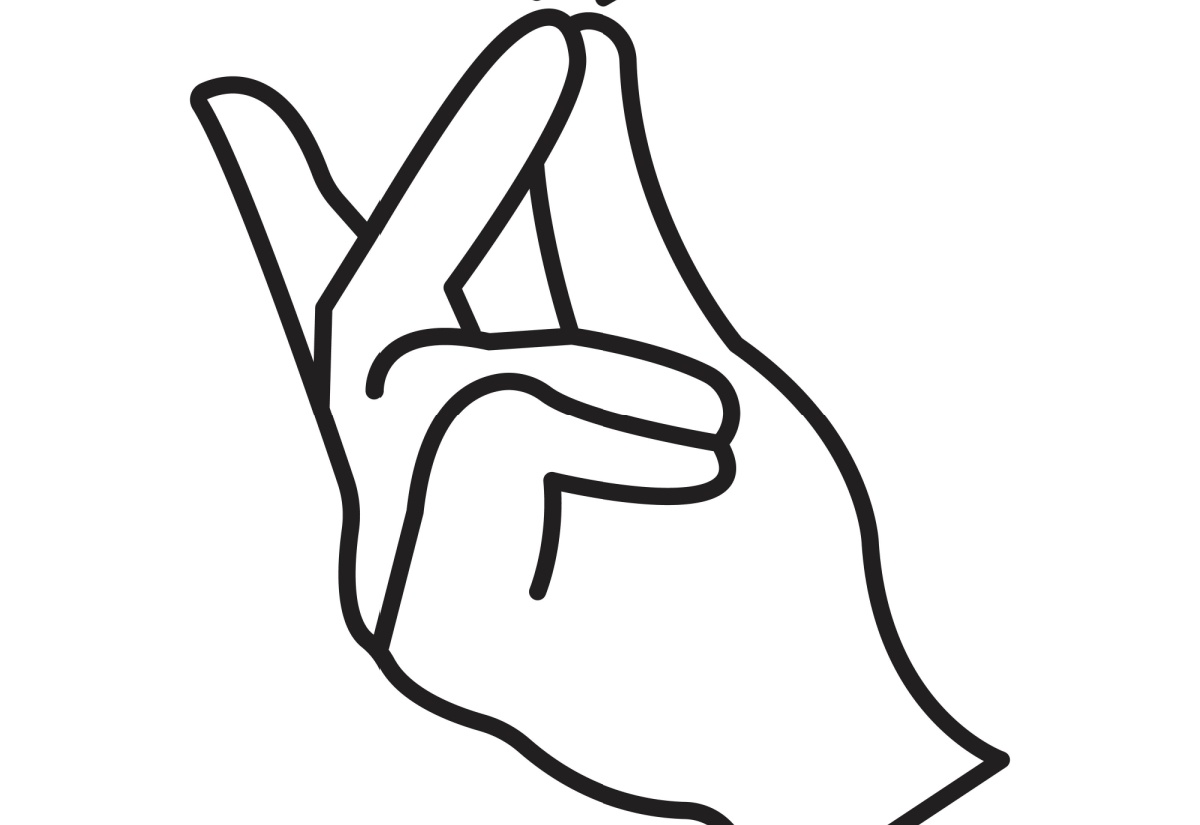
Snap
What Kids Learn: Number recognition
How To Play:
- Deal each player a stack of cards face down, dividing the deck as equally as possible.
- One at a time, each player flips over the top card on their stack, starting a new pile.
- When someone turns up a card with a number that matches one already showing on another pile, the first player to notice calls out “Snap!” and adds the cards from both piles to the bottom of their original stack.
- Play until one player has all the cards, or set a timer and then count up the cards to find the winner.
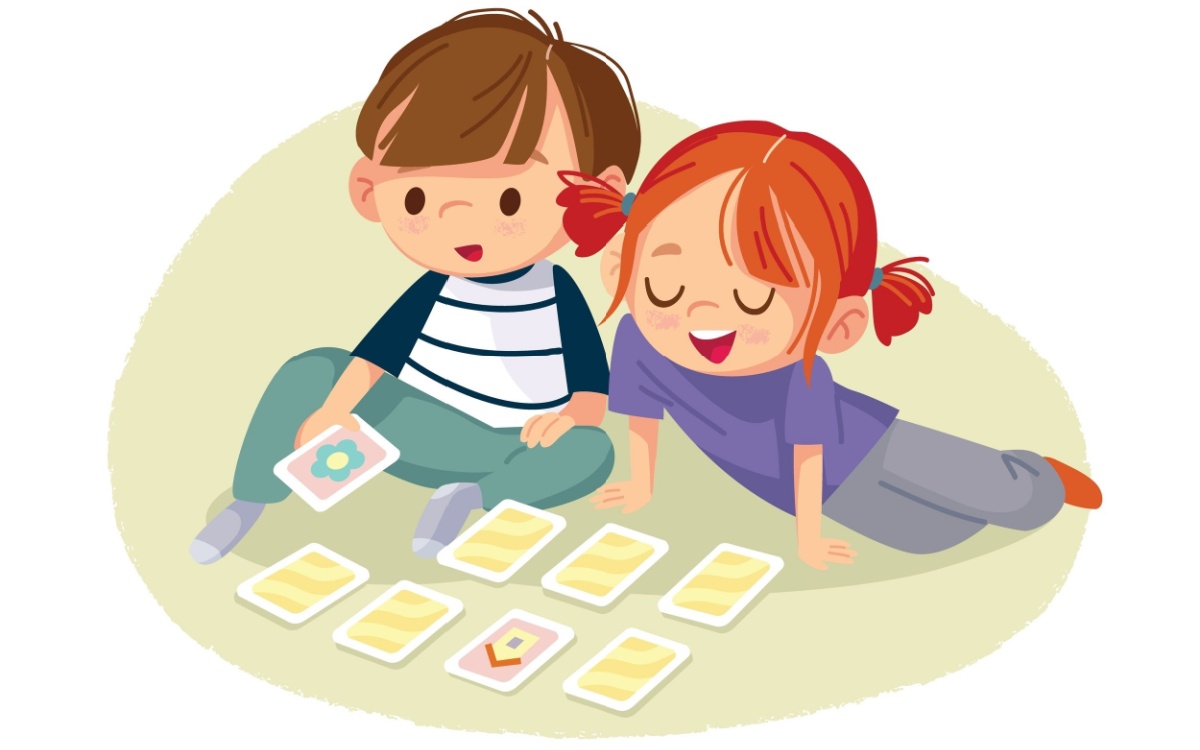
Concentration
What Kids Learn: Number recognition
How To Play:
- Remove the face cards and shuffle the deck.
- Lay all the cards face down on the table, spread out so no card touches another.
- The first player turns over any two cards. If the numbers match, they keep the cards. If not, they turn the cards face down again.
- Play continues until all the cards have been matched up and removed from the board.
First and Second Grade Card Games That Teach Math
These math games bring addition, subtraction, and even multiplication into the mix. Unless otherwise specified, assume face cards equal 10 and aces equal 1.
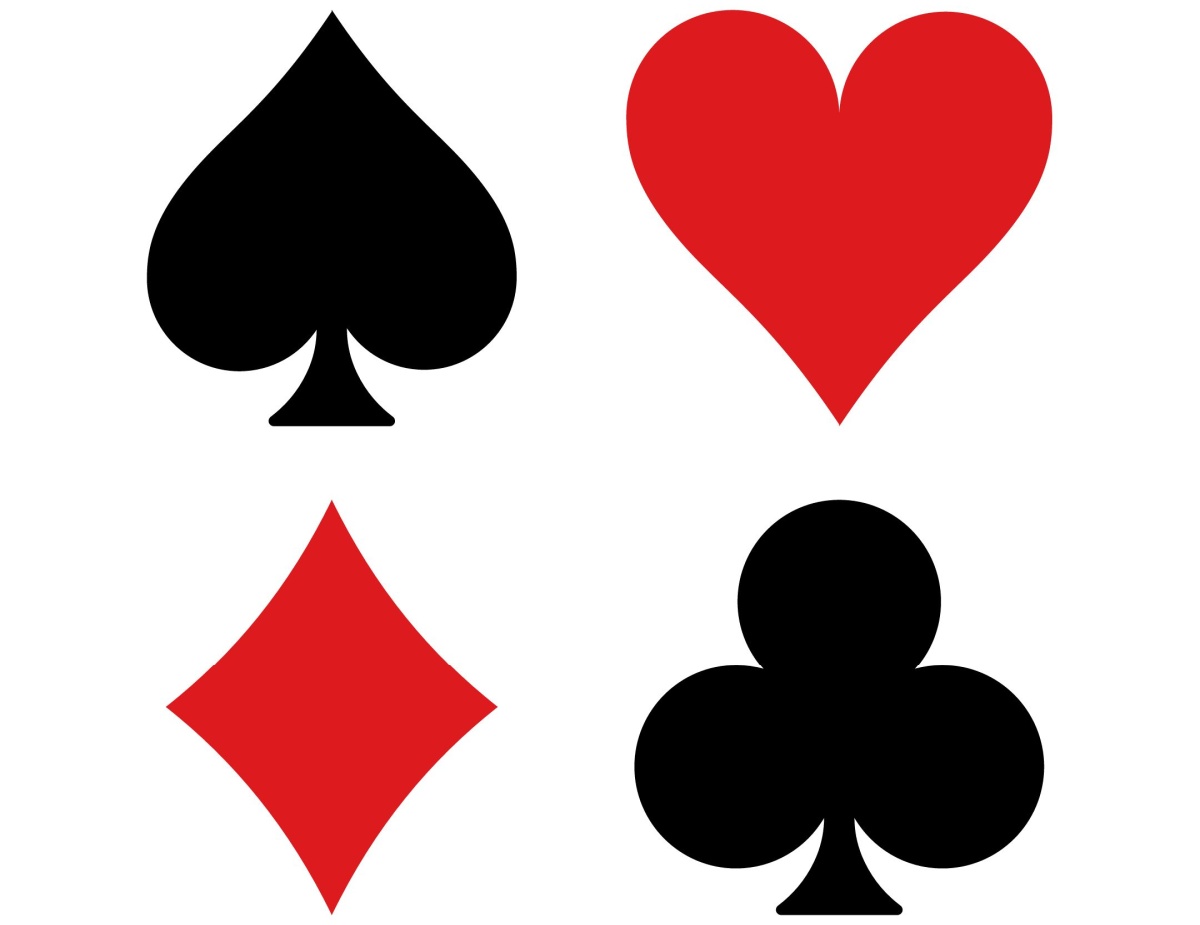
21 (Blackjack)
What Kids Learn: Addition within 21
How To Play:
- The goal of this game is to get a hand of cards that’s closest to 21 without going over.
- Shuffle the deck, and deal each player one card facedown and one card face up.
- Each player looks at their cards and adds them up in their head, keeping the total to themselves.
- The dealer then offers each player another card; if they want one, they say, “Hit me!”
- Any player whose total is now greater than 21 is out of the game. If anyone has 21 exactly, they win the round. Otherwise, players may decide to receive another card or stand where they are.
- The player with the total closest to 21 wins the round.
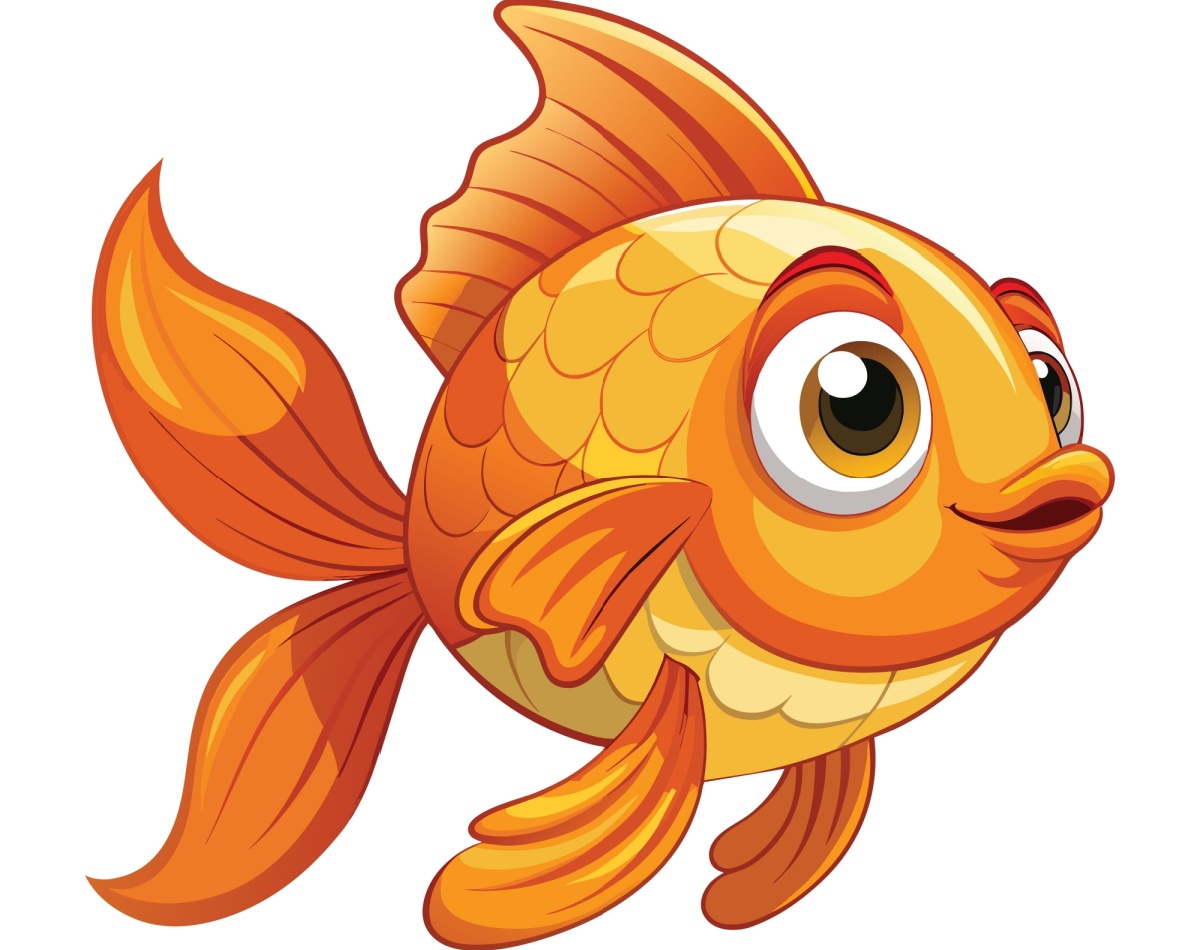
Fish for 10
What Kids Learn: Addition within 10
How To Play:
- Remove face cards for this game, but keep the aces.
- Play is similar to Go Fish, but instead of collecting sets, players are trying to accumulate cards that add up to 10. For instance, if a player has 2, 3, and 5, they can lay those down on their turn. They could also lay down an 8 and a 2, or two 2s and two 3s.
- During their turn, players ask another player for a specific card to complete their collection (“Do you have a 3?”) or draw from the fish pond.
- Any player who manages to lay down all their cards, emptying their hand, automatically wins. Or, play ends when the fish pond is empty and the player with the most sets adding up to 10 wins.
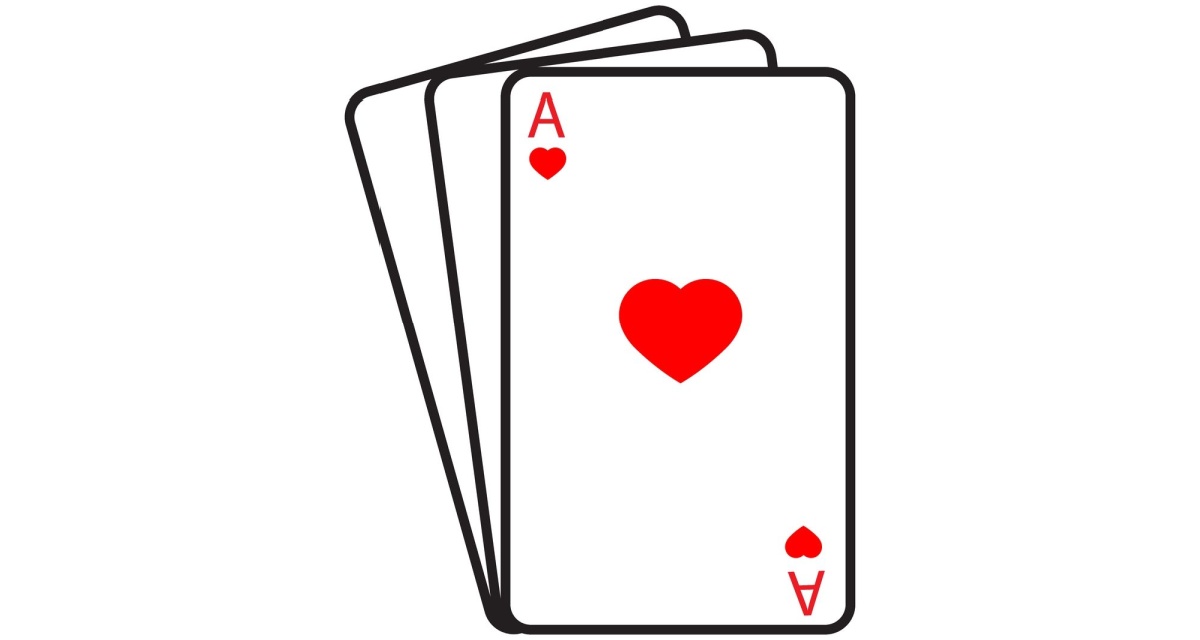
Deal Three
What Kids Learn: Math sentences (equations)
How To Play:
- Shuffle the deck and deal each player three cards, then place the deck facedown in the middle.
- Players look at their cards to see if they form a valid math sentence; if a player has drawn 4, 9, and 5, they could create the equation 4 + 5 = 9 or 9 – 4 = 5.
- If no player can form a valid math sentence, the first player draws one card from the deck, then tries to form an equation using the new card. If they’re still unable to, they discard one card, and the next player tries.
- The winner of each round keeps their cards; the rest go into the discard pile.
Math Boggle
What Kids Learn: Math sentences (equations)
How To Play:
- Shuffle the deck, then lay out four rows of four cards each, face up, to form a grid.
- Give each player a pencil and paper, and start a timer for two minutes.
- Players look for math sentences in the grid, across, down, or diagonally, backwards or forwards. For instance, if they see a 2, 3, and 5 in a row diagonally, that forms the math sentence 2 + 3 = 5.
- When the timer goes off, compare equations to see who found the most.

Race to 100
What Kids Learn: Addition with 100
How To Play:
- Give each player a pencil and piece of paper, then shuffle the deck and place it in the middle.
- Players take turns drawing one card at a time and adding it to their running total, trying to be the first to reach 100.
- For example, if a player draws a 7 on their first turn, they write that on their paper. On their next turn, they draw a king and add 10 to their running total, for a new total of 17.
- First to 100 wins!
Countdown
What Kids Learn: Subtraction within 100
How To Play:
- Each player starts with a pencil and a piece of paper with “100” written at the top.
- Shuffle the deck and place it in the middle.
- Players take turns drawing the top card and subtracting it from their running total. For instance, if a player draws a 3, their new running total is 97. On their next turn, if they draw an 8, their new running total is 89.
- Play continues until one player reaches zero.
Tip:
- This is the opposite of Race to 100.
- Make things harder by requiring players to reach zero exactly!
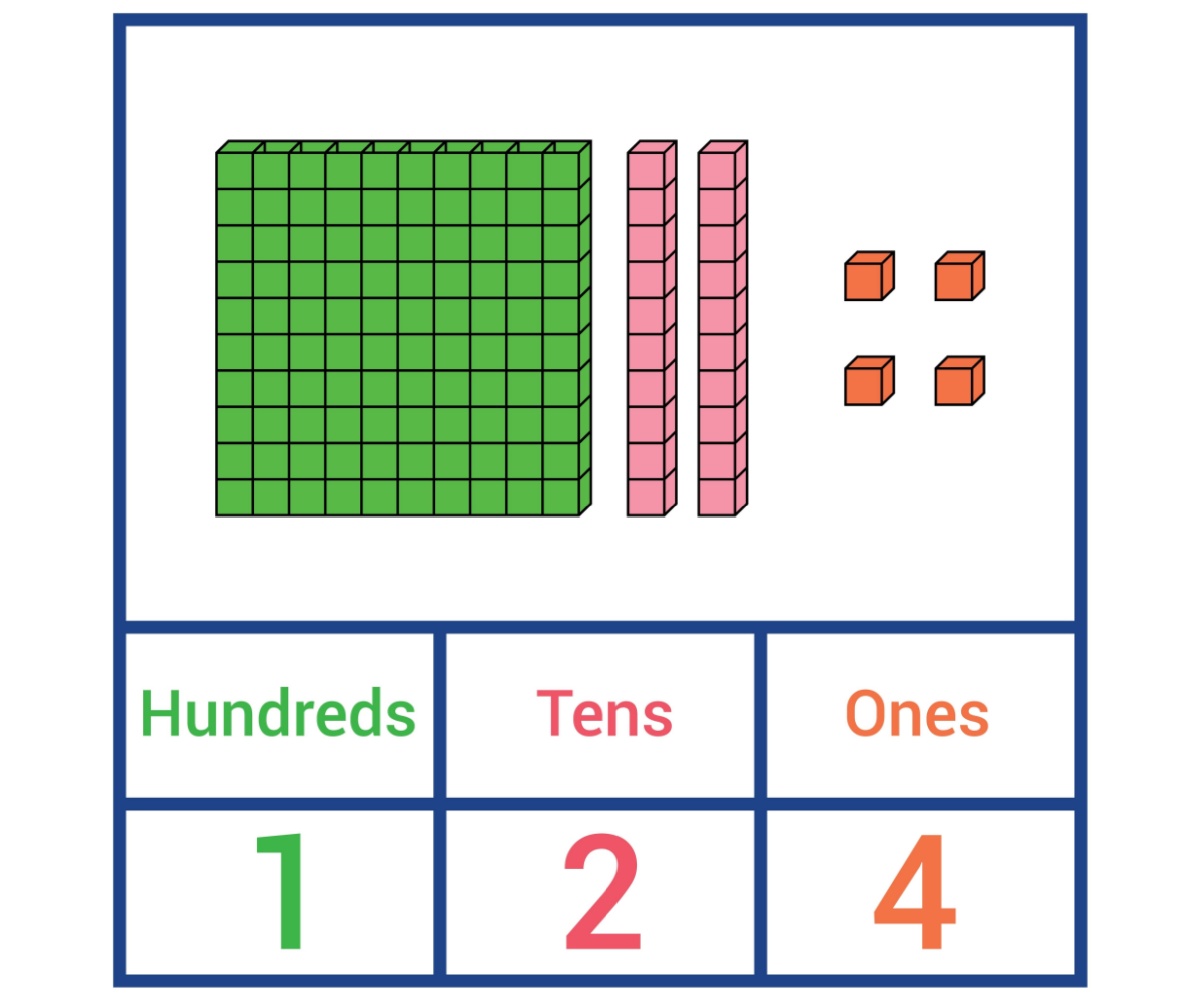
Place Value War
What Kids Learn: Place value
How To Play:
- Remove face cards but keep the aces, which will stand for the number 1.
- Play is just like classic war, except players draw three cards per hand, and arrange them to see who can create the higher number.
- The winner takes all the cards. In the case of a tie, each player draws one more number and adds it in any place they like to form the largest number they can.

Add It Up
What Kids Learn: Addition math facts
How To Play:
- Shuffle the deck and deal out the cards between the players, keeping them in stacks face-down.
- The first player turns over the top two cards on their deck, then has five seconds to add them together and say the correct sum.
- If they’re right, they keep the cards and the next player takes a turn. If they’re wrong, the next player has a chance to steal the cards by saying the correct sum.
- After all the cards have been claimed, the player with the most cards wins.
Memory Make 10
What Kids Learn: Addition within 10
How To Play:
- Remove all the face cards except the aces and lay all cards face down on the table, spread out so none are touching.
- The first player turns over two cards. If the numbers add up to 10, they keep the cards. If not, they turn them face down again and play passes to the next player.
- Continue until no more matches are possible. The player with the most cards wins the game.
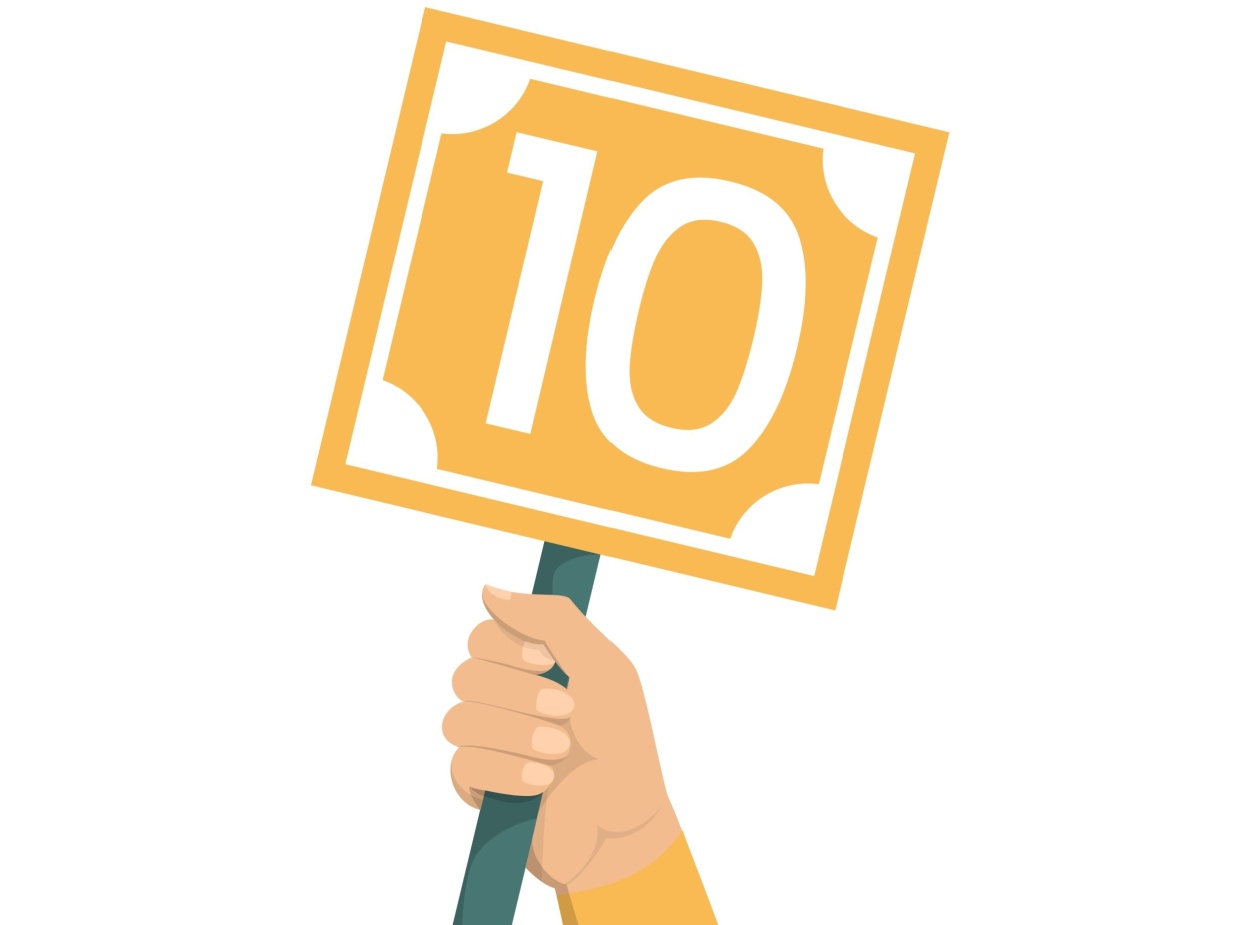
Grab 10
What Kids Learn: Addition within 10
How To Play:
- The goal in this game is to collect cards on your turn that add up to 10.
- Lay out the cards just as you would for Memory Make 10, but place the cards face up instead.
- The first player picks up any number of cards that total 10, trying to get as many cards as possible. For instance, the player might pick up an ace, a 2, a 3, and a 4, which add up to 10.
- Play continues until no possible combinations remain on the board.
- The player with the most cards wins.
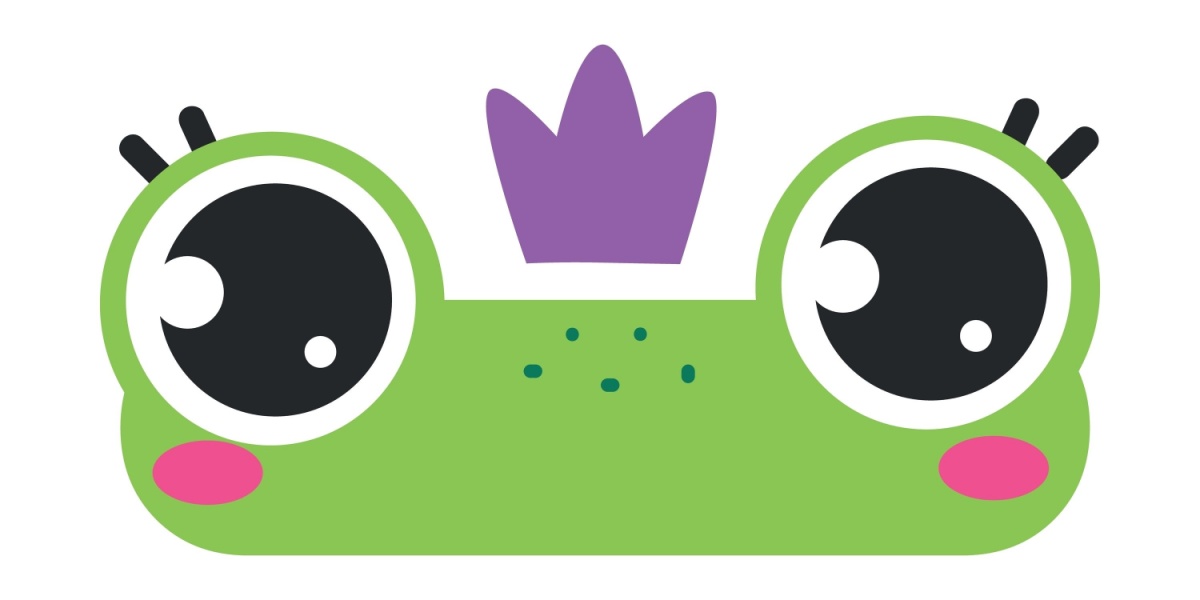
Subtraction War
What Kids Learn: Subtraction math facts
How To Play:
- In this version of war, each player turns two cards from their stack face up at a time, then arranges them to form a subtraction equation with the higher number first.
- The player with the high difference keeps both cards. For example, player one turns over a 3 and a 7, then arranges them to show 7 – 3, which equals 4.
- Player two turns over an ace and a jack, arranges them to show 10 (face card) – 1 (ace), which equals 9. Player two has the higher difference, so they win both cards.
- In the case of a tie, each player turns over one more card; the one with the lowest card wins the round.

Hit the Target
What Kids Learn: Addition and subtraction facts
How To Play:
- Deal each player 3 cards, then shuffle the deck and place it face down.
- Start play by turning one card face up. This is the target card.
- If players have any pair of cards in their hands that can add up to or subtract to equal that number, they lay them down on the table during their turn.
- If not, they draw one card from the stack and lay down a pair if they’re able to.
- Otherwise, they keep the card and play passes to the player. Example: If the target card is 7, a player could lay down a 3 and a 4 (total of 7), or an ace and an 8 (8 – 1 = 7).
- When all the cards have been drawn, play ends. The player left holding the fewest cards wins.
Multiply It!
What Kids Learn: Multiplication facts
How To Play:
- Shuffle the deck and place it face down in the middle.
- The dealer lays out two cards face up.
- Players race to be the first to multiply the two and call out the answer.
- The first correct answer keeps the cards, and play continues.
- When the deck is empty, count up the cards to find the winner.
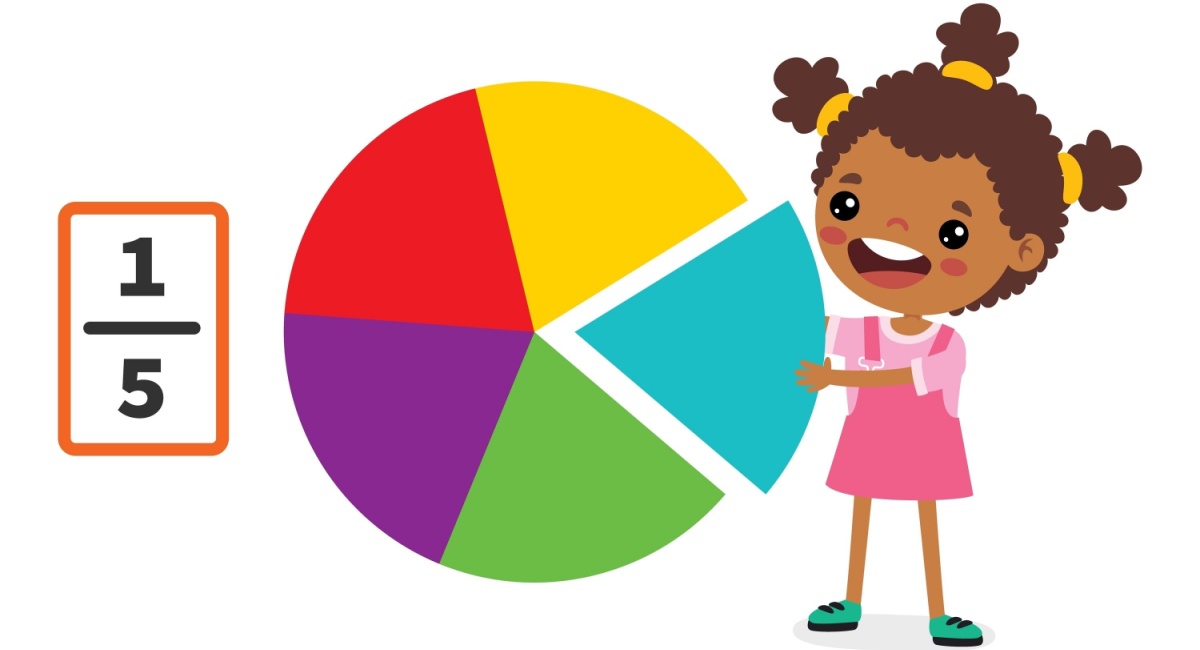
Fraction War
What Kids Learn: Comparing fractions
How To Play:
- Each player draws two cards, arranging them to form a fraction.
- Then, players compare the fractions to see which one is greater.
- The winner of the round keeps all the cards.
Tip:
- This math card game might be a little advanced for this age group, but it’s a fun challenge!
- Use a number line to arrange the fractions for comparison.


